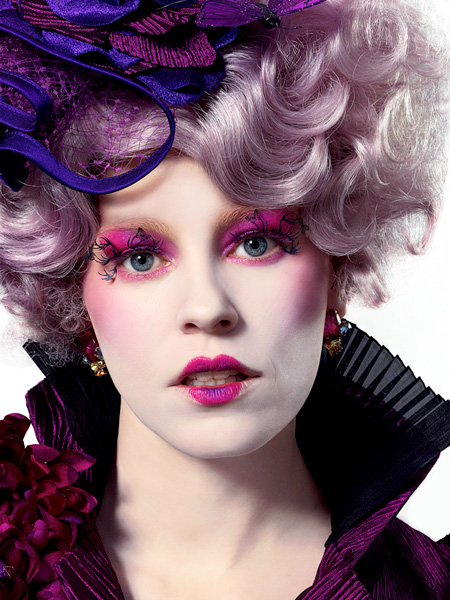There’s a scene in one of my favorite love stories, Anna Karenina, in which Kitty, the wealthy debutante, admits her love for Levin, the reclusive farmer who has been pining away for her even after suffering the shame of being once rejected by her. The two meet at a social event, Kitty having been recently thwarted by the dubious Vronksy, and Levin having resigned himself to a life dedicated to agricultural research, and all of their feelings towards each other come rising to the surface. They realize how much they love each other. Naturally, their passion must remain below the surface for the time being lest a scandal ensue, so they make their declaration to love each other in code: they write each other messages in chalk, on a napkin, using only the first initials of the words they want to say.
‘“Well, read this. I’ll tell you what I should like – should like very much!” She wrote the initial letters, i, y, c, f, a, w, h. This meant, “If you could forget and forgive what happened.”
He snatched the chalk with nervous, trembling fingers, and breaking it, wrote the initial letters of the following phrase, “I have nothing to forget and forgive; I have never ceased to love you.”’
It may seem like a silly game for two adults to play. You may even find yourself asking, why don’t they just say what they want to say and stop all of this ‘will we, won’t we’ nonsense? And yet, there’s a certain charm to playing games, to being elusive, even talking in code. It’s something that courting lovers have playing at for ages and even though the art of courting is much different in today’s world, it wouldn’t be a stretch to admit that coded messages and secret signs are still a big part of flirtatious behavior – just in a different way.
Take for instance Gary Shteyngart’s epochal novel Super Sad True Love Story in which emails and text messages account for a large part of the dialogue between the two protagonists. The point is that so much communication is centered on unconventional language, language that leaves room for interpretation and draws the recipient into a volley of deciphering coded terms. Poetry especially is a good example of this and haven’t people been writing poetry for centuries upon centuries? What is more romantic way to court your love than to write her a poem? Even modern poetry, the words of e.e. cummings, for instance, requires deciphering. His love poems especially involve an amount of playfulness that works around language instead of through it to get the message across.
In the game of love, it would seem as though the challenge of working around language is maybe even more necessary than actually saying what you mean. It’s the intrigue, the desire to keep guessing, that keeps it interesting.





















